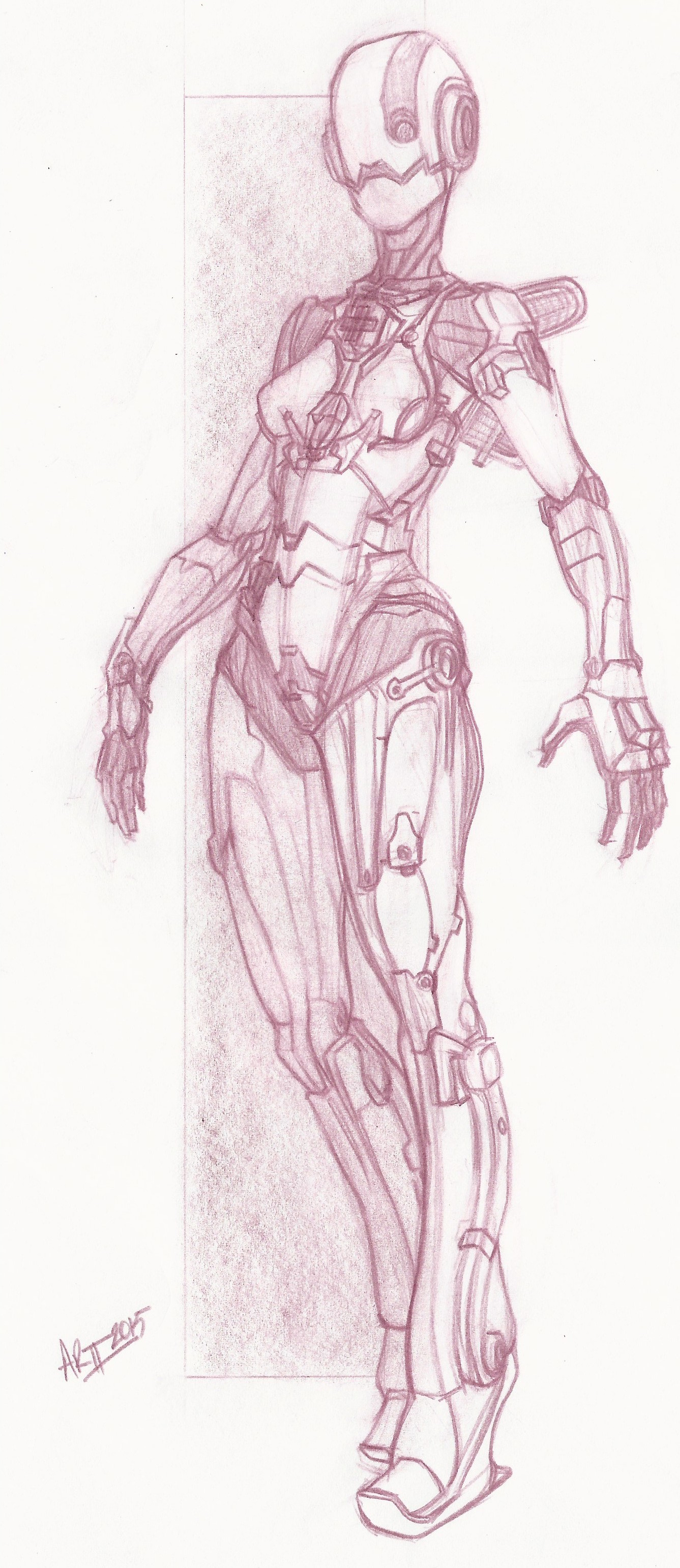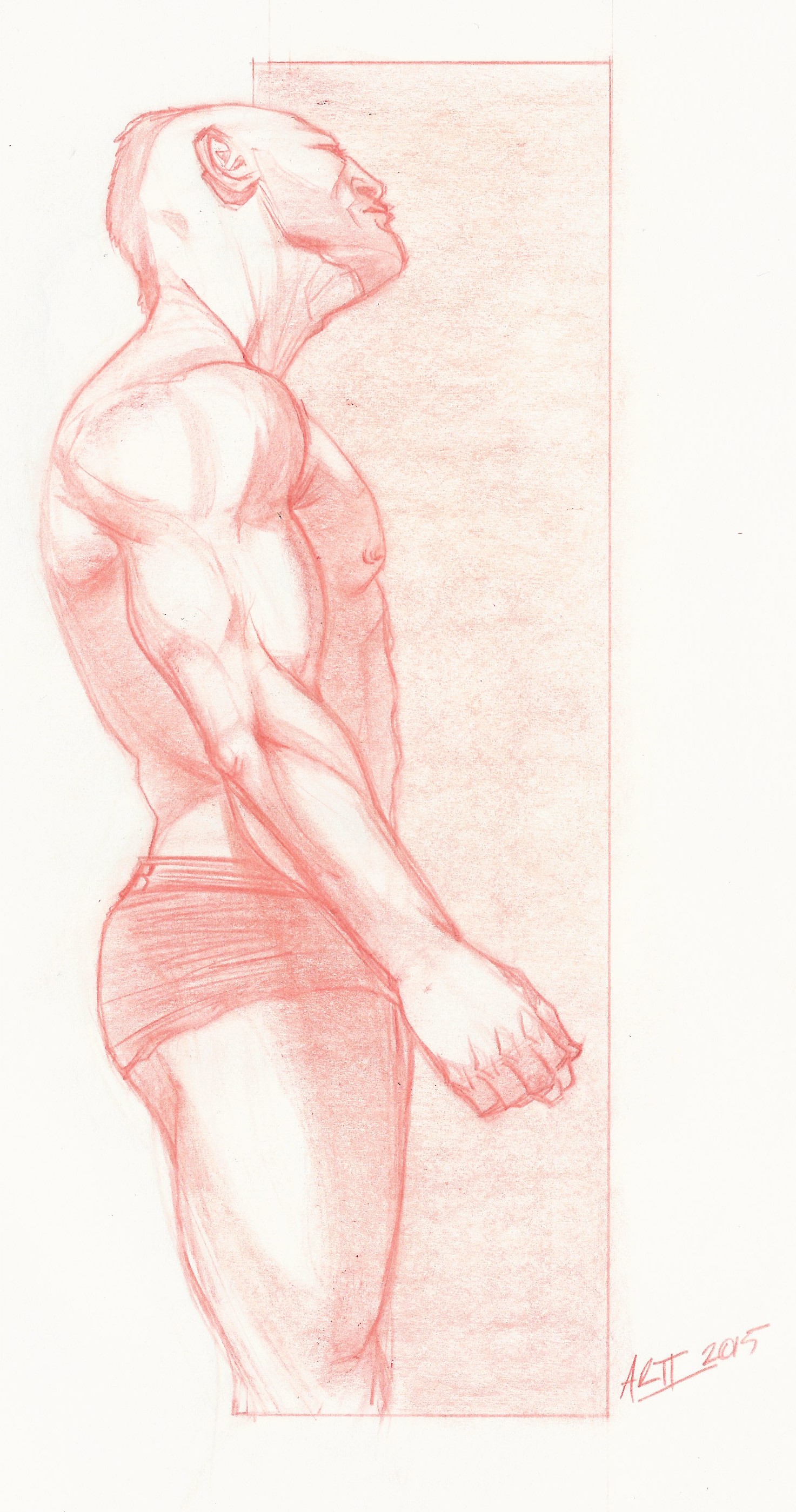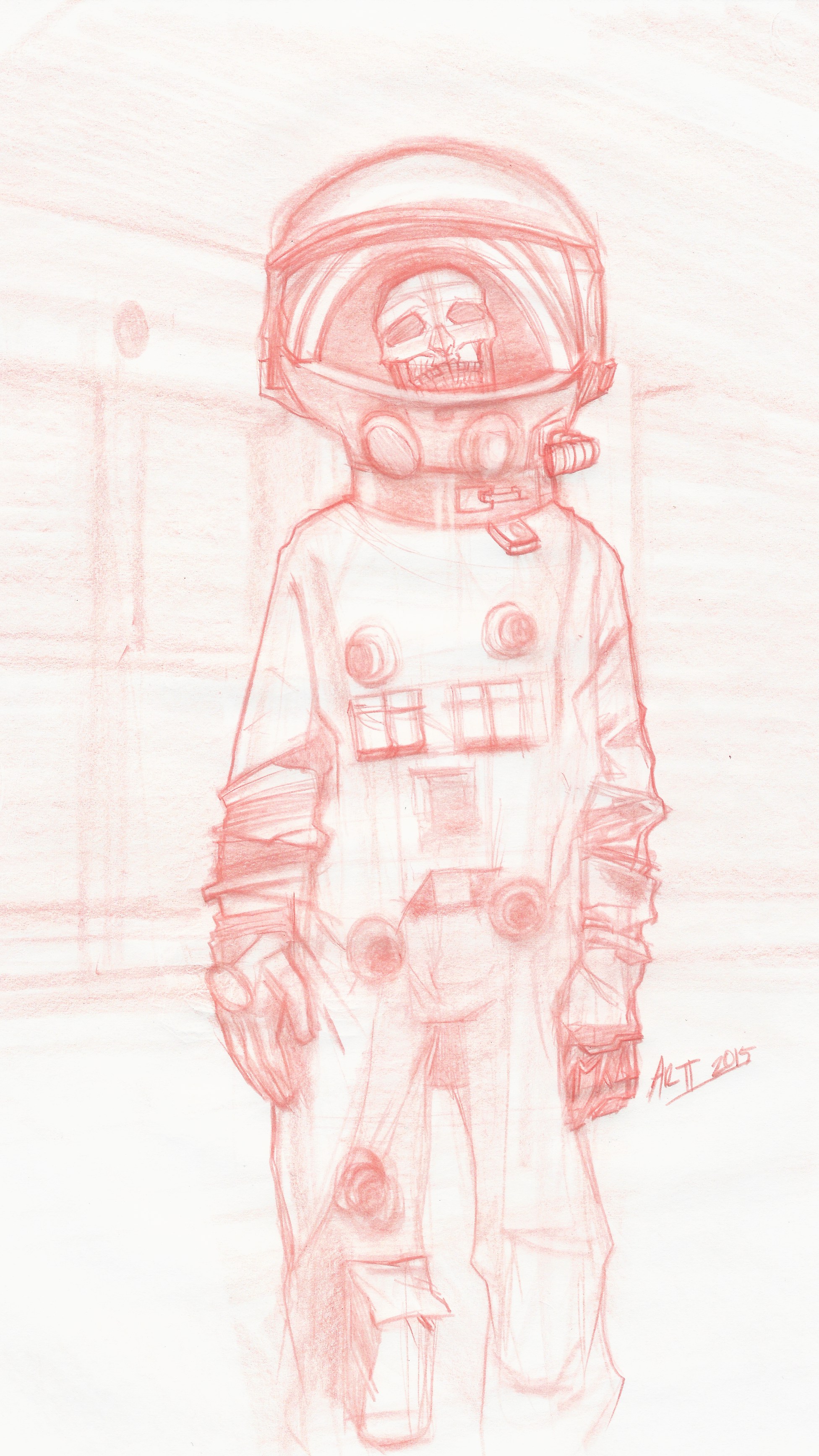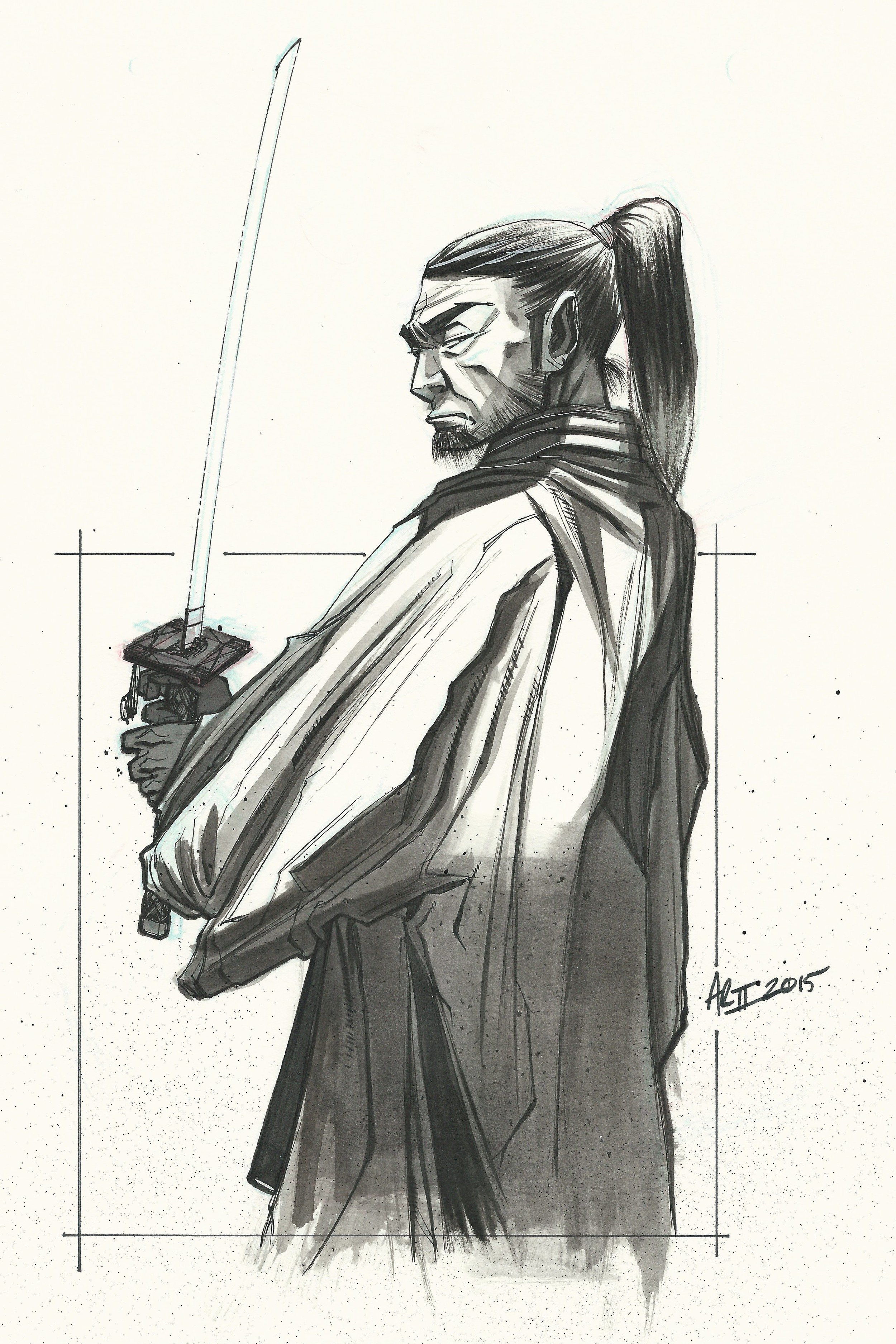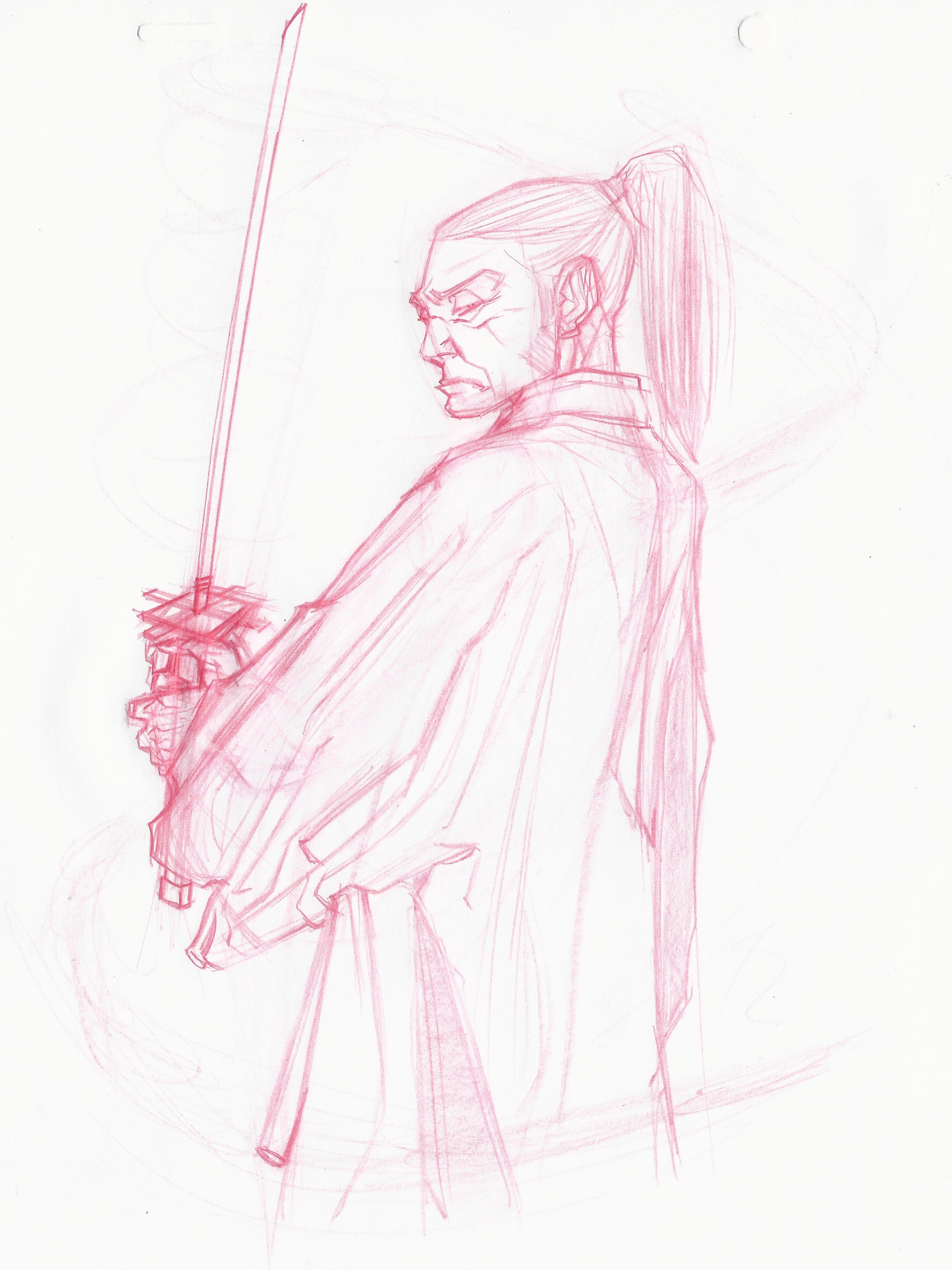The Daily Drawing Challenge is an awesome group to be apart of. John Paul Lowe, SCAD Sequential Art Professor, created this group on Facebook. His intent for the group is to increase productivity. Professor Lowe shares a photograph on the wall for the participating members to draw. Have I sparked your curiosity? Hopefully, you're questioning: "What is the Daily Drawing Challenge?" The rules are simple:
- Utilize the posted photograph to produce a finished illustration before the day is over.
- Upload your drawing to the wall.
This group has over 3,000 members ranging from aspiring artists to professional artists. The most fascinating attribute about the group is witnessing the different artist styles. The members of the group illustrate using: pencil, watercolor, ink, digital, etc.
Now that you've been added to the group, you might ask: "Why is this group so important?" The four (4) most important reasons to join are:
- Promoting your art on social media
- Networking with other talented artist
- Enhancing your drawing skills (daily)
- Creating portfolio pieces
With this Facebook group, I've transformed my pencil sketches into finished inked pieces. It's important to note these said pieces are apart of my growing portfolio. Killing two birds with one stone! After I complete these drawings, I post them on my Instagram, Facebook, and Behance (links can be found on the bottom right hand corner of my webpage). I'm thinking of adding a Tumblr, Twitter and a Deviant Art account. Why not, right?
Without further ado, here are some of my sketches from the Daily Drawing Challenge.
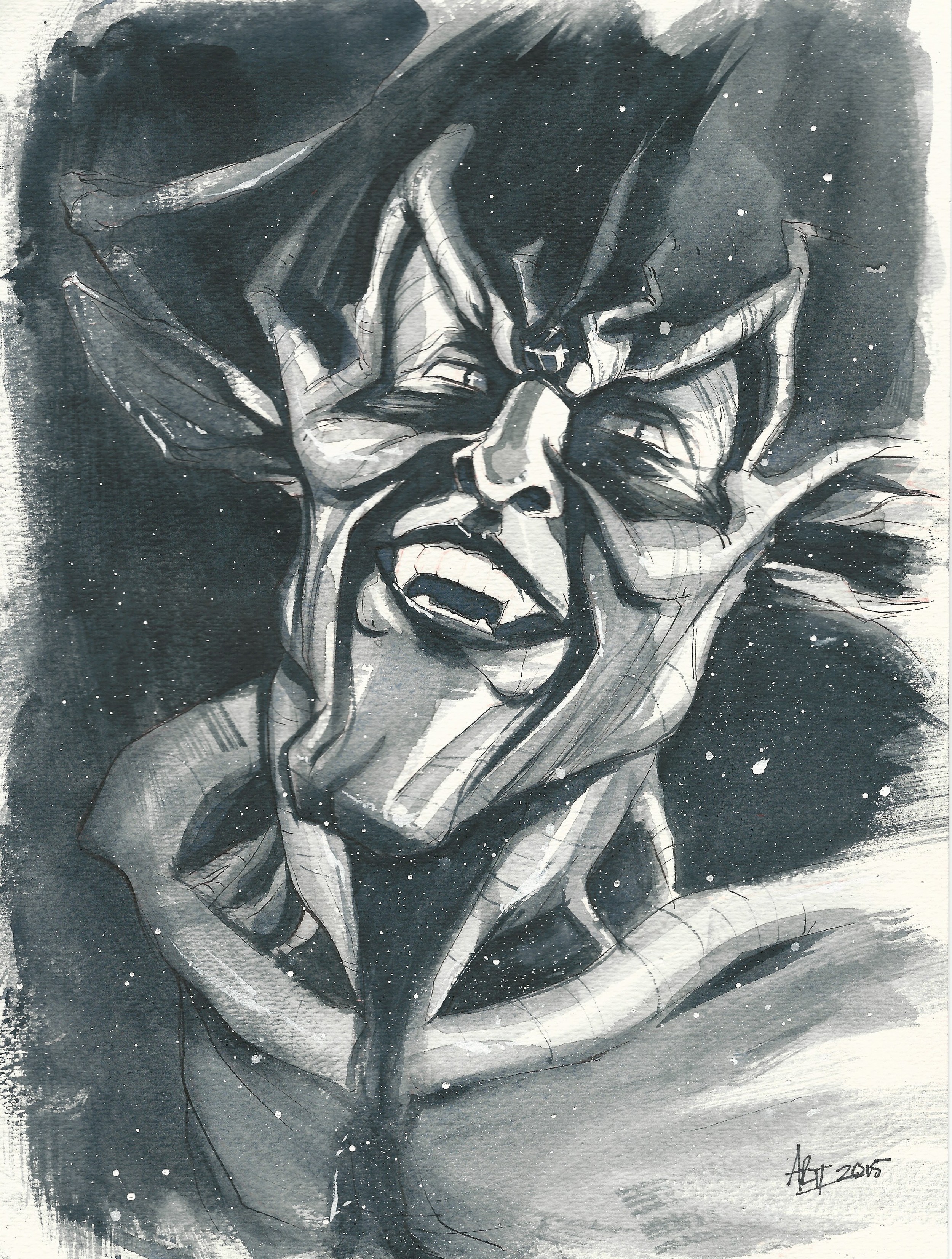
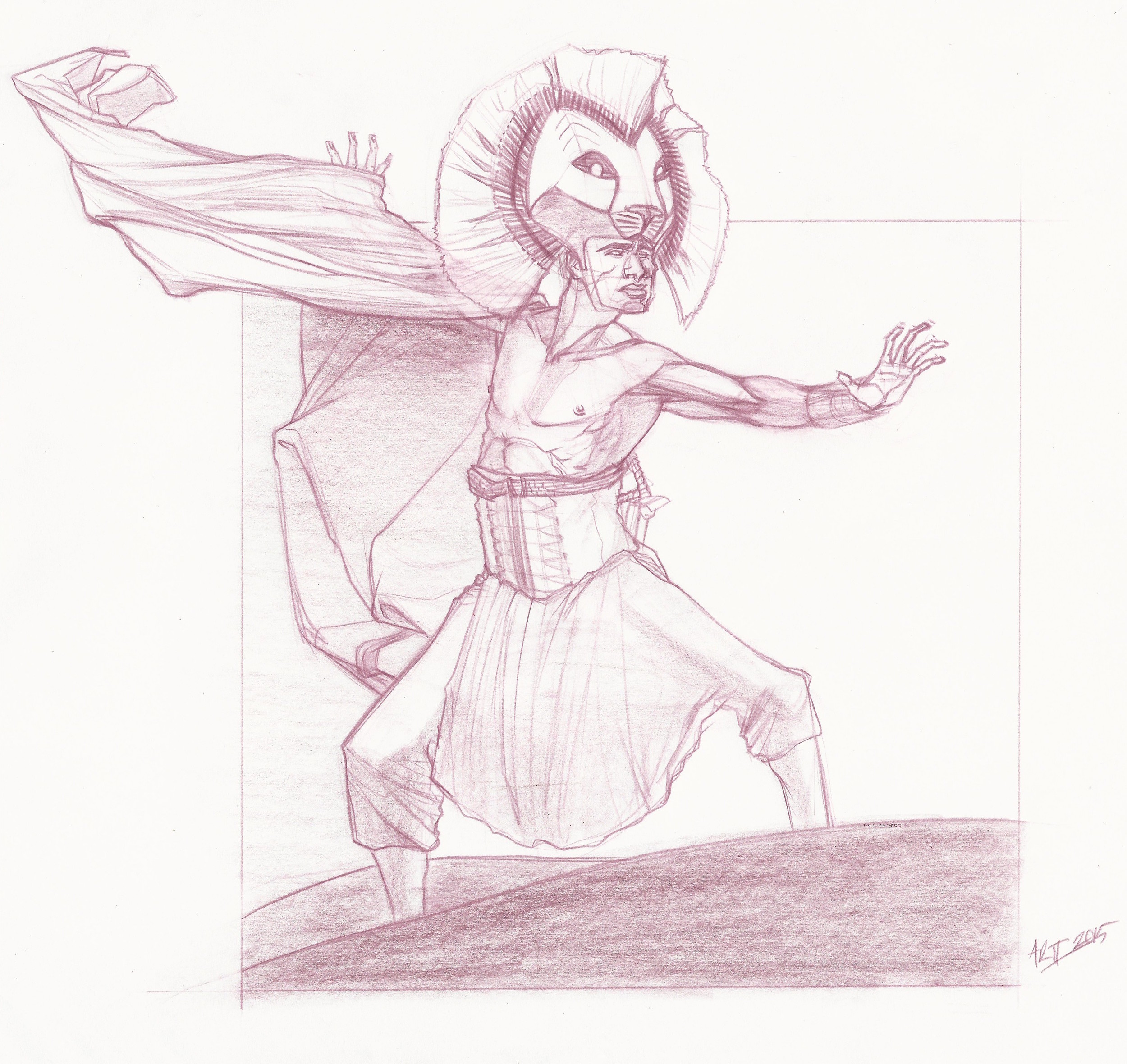
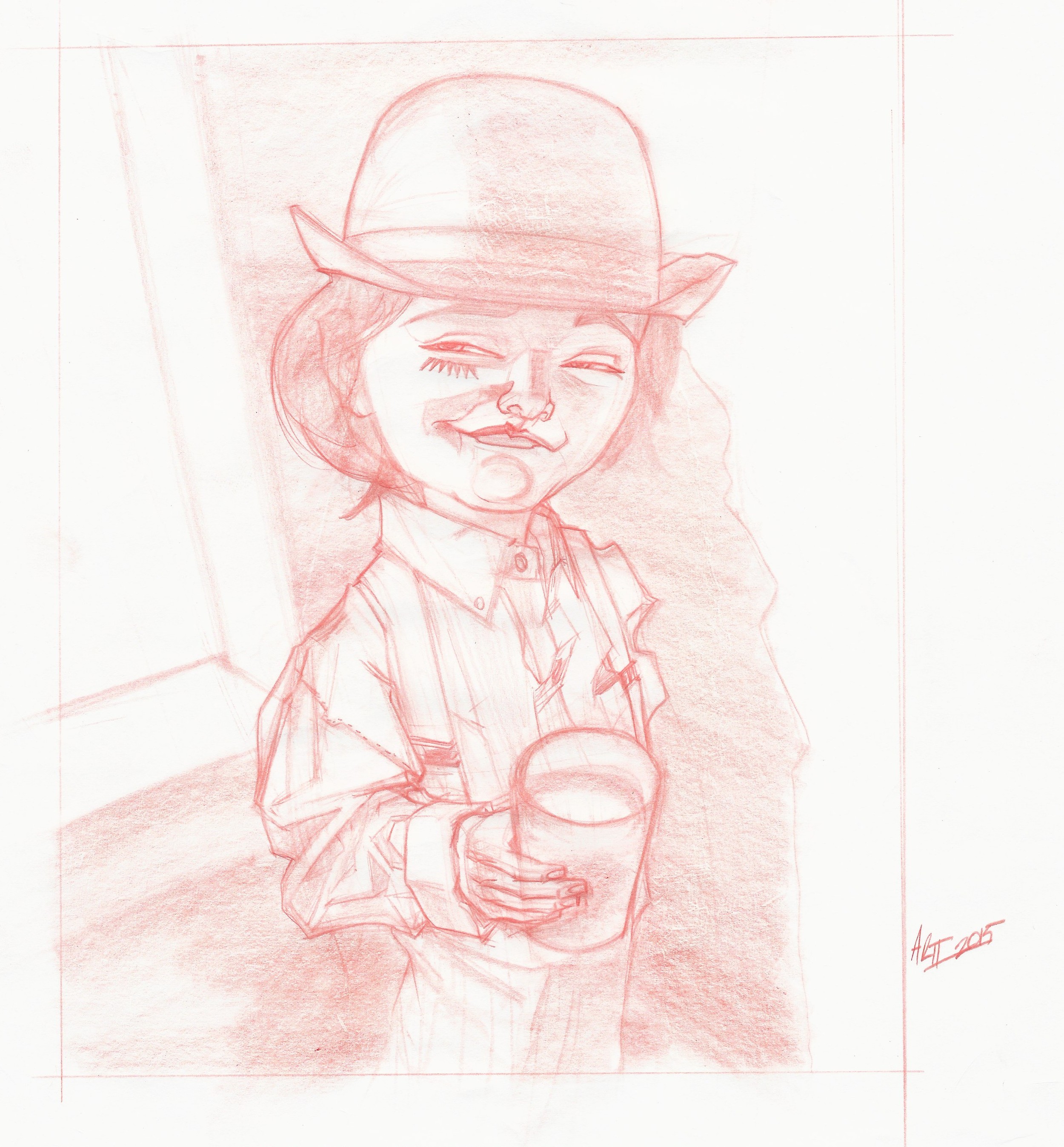


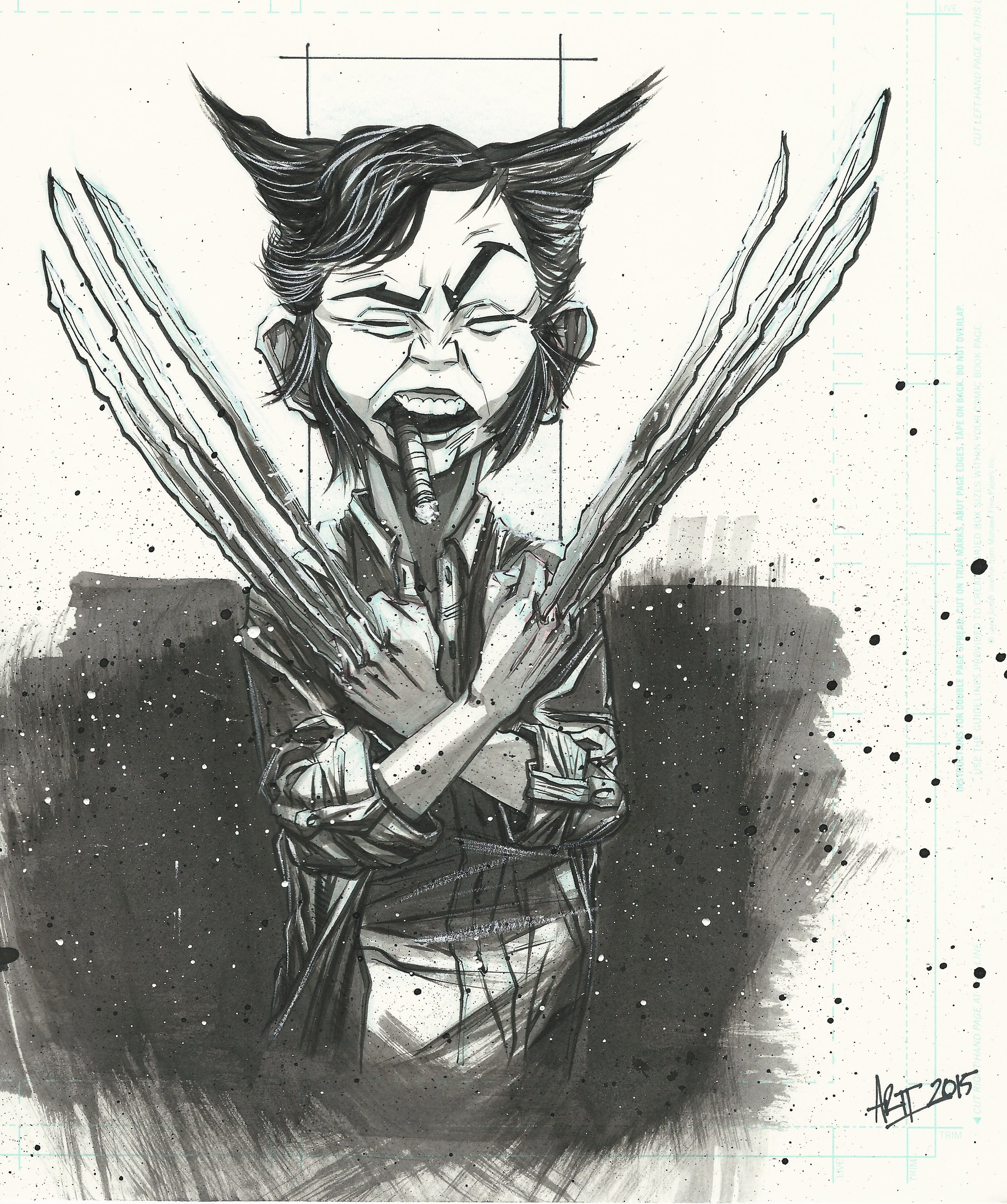
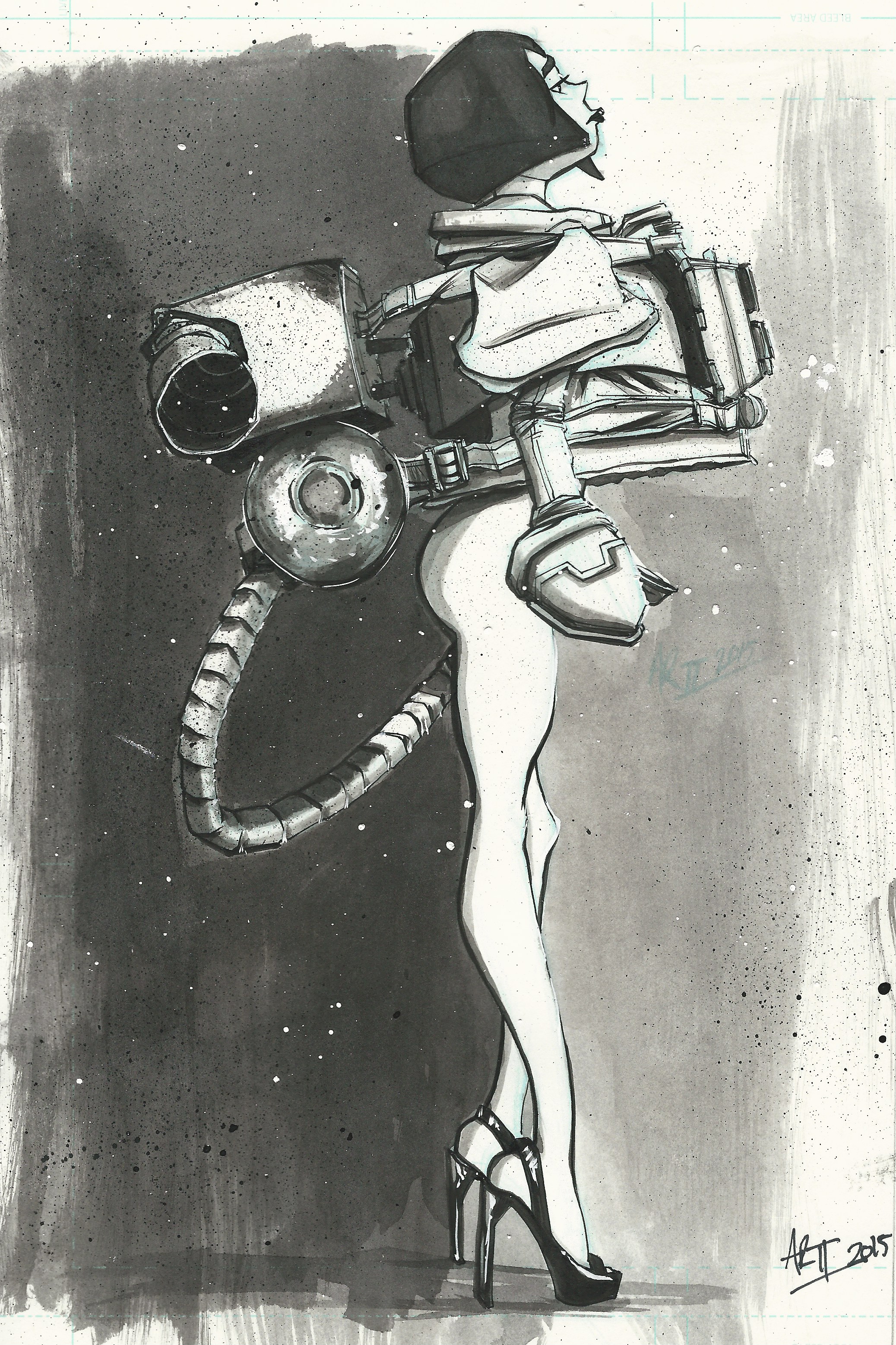
For the sketches, I draw with Prismacolor Col Erase Pencils on animation paper. As for the finished illustrations, I paint with watercolor (Payne's Gray) or ink wash.
Being in this group as helped me tremendously. The group is extremely supportive and, most importantly, inviting. I highly recommend joining the Daily Drawing Challenge group (or a social media group like it) to enhance your productivity and networking skills.
Stay tuned for future posts!

